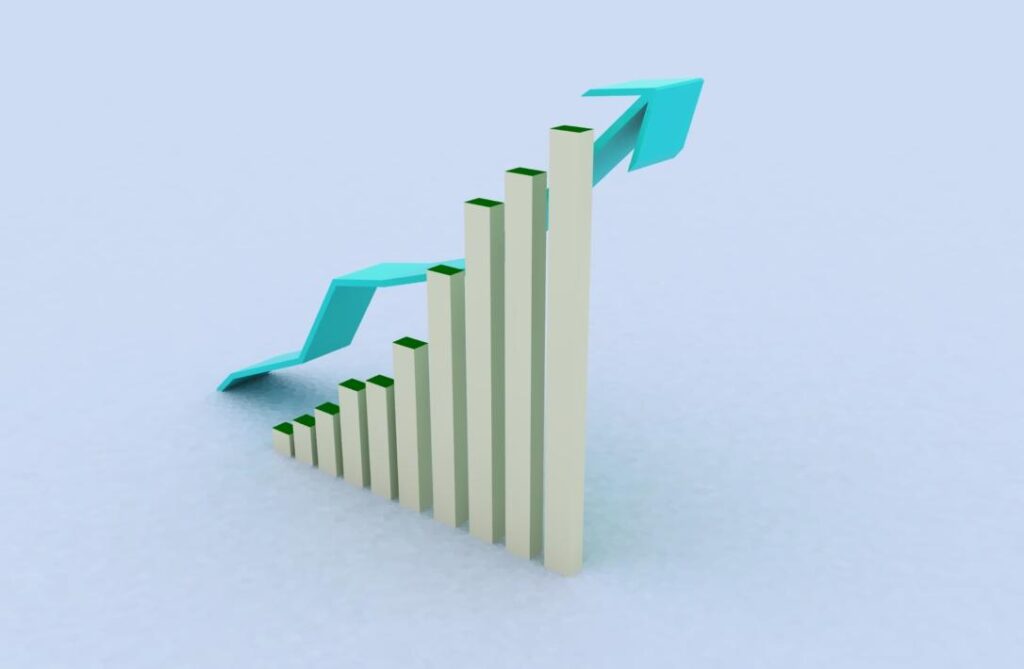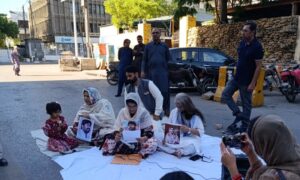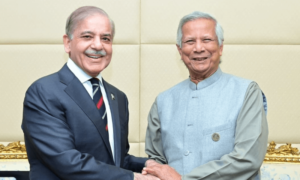As the holy month of Ramazan draws to a close this year, millions of Pakistanis are still struggling with an unrelenting surge in the prices of essential goods, despite the government's repeated claims of "controlled inflation".
Official statistics released in March 2025 show an inflation rate at a historic low of 1.5%, a figure met with widespread scepticism by citizens. Many argue that such numbers may look good in the books the government prints to show the world how cheap this country currently is, while the rest of the world grapples with high inflationary figures.
However, for households like that of Muhammad Aslam, a 48-year-old father of four working as a daily wage labourer, these numbers are meaningless. "Our salaries have stayed the same for years, but every Ramazan, prices climb so high that even basic groceries feel like luxury items," he said. "The government talks about stability, but when a kilogram of sugar jumps from Rs140 to Rs180 in weeks, and chicken becomes unaffordable, how can we believe them?" he asked.
During Ramazan, the government's heavy focus on sugar prices has also drawn criticism from the majority of families and experts. While federal ministers have held press conferences promising to crack down on sugar hoarders, ordinary citizens question why the same eagerness isn't shown for other commodities. "Sugar is important, but why ignore everything else?" asks Saima Bibi, a housewife, pointing at her half-empty shopping bags. "A single chicken now costs Rs800, up from Rs400 last month. We used to buy fruits like apples and bananas for iftar, but apples are Rs500 per kilogram and bananas Rs300. How is this low inflation?" she asked.
Economists, on the other hand, attribute the disparity between official data and market realities to methodological gaps. "The inflation basket doesn't fully capture frequent price hikes in perishables like poultry, vegetables, and fruits, which hit hardest during Ramazan," said Dr Aliya Hassan, an economist at a Lahore-based think tank. "When the rupee loses value year after year, and incomes stagnate, even minor supply shocks devastate households."
The Pakistani rupee has depreciated by nearly 80% against the dollar since 2020, shrinking purchasing power for imports like fuel and edible oil, which indirectly drive up domestic prices, she added.
For low-income families, the math is daunting. Arsalan Rana, a rickshaw driver, calculates that the Rs180 sugar price adds no more than an extra Rs100 to his monthly budget. "But chicken? We've stopped buying it except for special occasions," he said. His wife, Nusrat Bibi, added, "Last week, tomatoes were Rs200 per kilogram. Pulses, spiceseverything costs more in Ramazan. They set up Ramazan bazaars with subsidised rates, but those are miles away and overcrowded. What about people in villages? They talk about sugar, but what about the rest of our hunger?"
The government's inconsistent policy approach has also come under fire. While authorities occasionally intervene to cap sugar prices, critics argue that this ignores systemic failures. "Sugar constitutes just 20% of household consumption, with commercial industries like bakeries and beverages consuming the bulk," says Dr Hassan Khan, a commodities expert. "When sugar prices rise, businesses pass costs onto consumers by increasing prices of bread, sweets, and drinks. So even if sugar is controlled, the relief is minimal."
Meanwhile, poultry farmers blame rising feed costs and electricity tariffs for soaring chicken prices, but no long-term solutions have materialised, he added.
With no respite in sight, economists warn that temporary price controls will fail without addressing structural issues, such as improving agricultural yields, curbing future currency depreciation, and ensuring annual wage increases in the private sector. "Until incomes align with living costs, statistics will remain a fancy dreamespecially for those suffering silently, and now for years," Khan concluded.
Source Link











